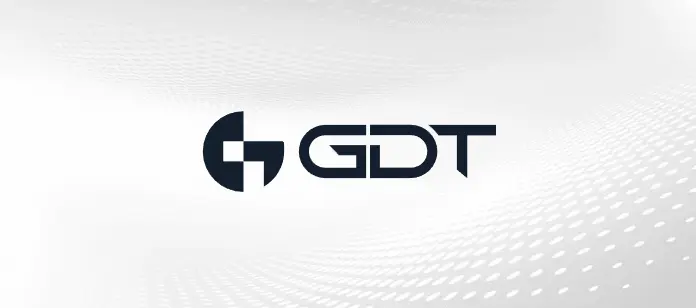By Richard Arneson
In 1992, several years prior to the Dot.com Bubble and when cell phones were the size, shape and weight of a canned ham, a company was born in Sunnyvale, California, located at the bottom tip of the San Francisco Bay. NetApp was the brainchild of three (3) individuals who had once worked for Auspex, a company against which they’d soon compete, and, just a decade later, help send into Chapter 11 and the OEM scrap heap.
The Evolutionary Disruptor
Self-described as “the data authority for hybrid cloud,” NetApp made news in 2017 with its entry into the highly competitive Hyperconvergence Integrated Systems (HCIS) Market. In fact, their entry prompted Gartner to name them as an Evolutionary Disruptor in its 2017 Hyperconverged Integrated Systems (HCIS) Competitive Landscape study.
Originally, NetApp determined that they couldn’t optimally deliver to VMs the true value of its SolidFire Element OS, their proven storage OS. Once they made that determination, they knew that entering the HCIS Market was in their near future. This soul-searching helped them realize that, architecturally-speaking, it made a lot more sense to package its Element OS on bare-metal storage nodes so customers could take advantage of:
- NetApp’s all-flash architecture,
- Performance predictability through Quality of Service (QoS), and
- Compression and Inline Deduplication across entire clusters.
Along with delivering the many benefits that HCIS delivers―the ability to better address exact compute and storage needs, rapid scaling and more predictable storage through more efficient consolidation―NetApp’s solution utilizes VMware’s bare-metal hypervisor (ESXi) on compute nodes and, along with a simplified installation process, customers can get their HCIS system up and running fast.
NetApp’s management UI enables customers to leverage any management technologies they’re currently utilizing, including VMware’s vCenter and vRealize for orchestration.
NetApp’s HCIS options
The NetApp HCIS offering starts with a minimum two (2) chassis, four (4) storage node configuration, after which additional nodes can be added independently. It offers four (4) flavors:
- Small compute (16 cores) with small storage (5.5TB capacity),
- Medium compute (24 cores) with medium storage (11TB capacity), and
- Large compute (36 cores) with large storage (22TB capacity).
Taking advantage of its large base of installed customers
ONTAP is NetApp’s proprietary data management platform for its storage arrays, such as FAS and AFF, and that, combined with its SolidFire Element storage OS, allowed it to tap into a large base of existing customers and provide an ideal launching pad for its HCIS solutions.
Need more info? Reach out to the experts…
GDT’s team of highly skilled and talented solutions architects and engineers have deployed hyperconverged solutions for customers of all sizes, and from a variety of industries. They’re experts at delivering HCIS solutions from many of GDT’s premier partners, including NetApp, of course, and helping customers enjoy the many benefits of hyperconvergence. They can be reached at SolutionsArchitects@gdt.com or at Engineering@gdt.com. They’d love to hear from you.
Read more about hyperconvergence here:
The Hyper in Hyperconvergence
Composable and Hyperconvergence…what’s the difference?



